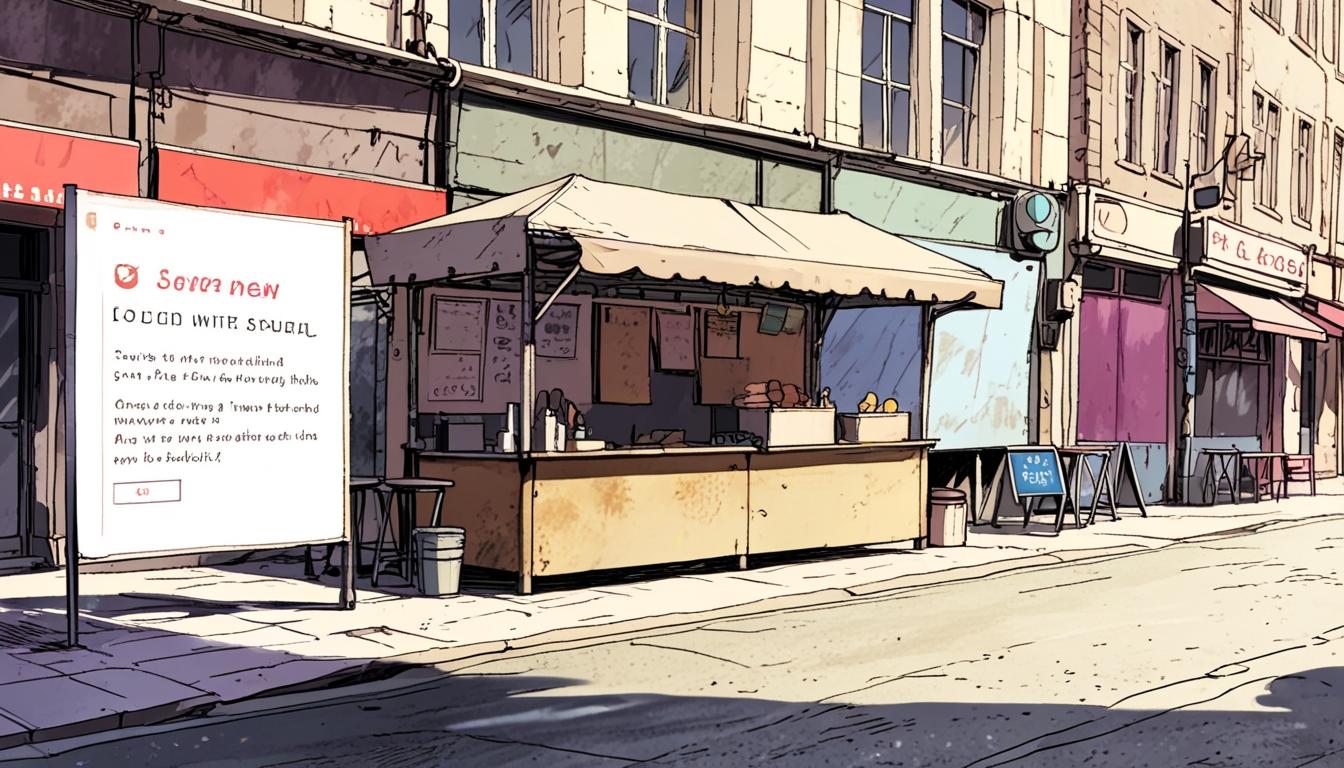The emergence and subsequent dissolution of Resident X, a street-food market in Aberdeen, has sparked discussions about the challenges facing city centres across Scotland. Initially supported by a £1.3 million taxpayer-backed loan, Resident X was presented by local councillors as a pivotal part of the city's regeneration efforts following a trend towards social media-driven venues. However, the reality proved to be starkly different; shortly after its opening in 2022, the venue struggled to attract sufficient clientele and has now officially ceased operations.
An investigation by The Press and Journal has raised concerns regarding the management and viability of Resident X. The venture, characterised as an "Instagrammers' playground," was designed to cater to the aesthetic preferences of social media influencers, but analysts have called the concept naïve in its assumption of demand for such a niche focus. With only four street food vendors, the market fell short of expectations, reflecting an ill-suited response to the broader socio-economic issues impacting urban areas.
The decline of Aberdeen's city centre is indicative of a trend not isolated to one location; Edinburgh and Glasgow are also witnessing vacancies and declining foot traffic. The pandemic catalysed an already changing retail landscape, leading to the closure of numerous stores and hospitality venues. As many workers adopt permanent remote working arrangements, city centres are left struggling to retain their relevance.
Aberdeen's specific circumstances are compounded by the loss of nearly 20,000 jobs in the oil and gas sector, which has had a pronounced effect on its economy. An economic forecast recently ranked Aberdeen at the bottom of UK cities for growth predictions, leading to concerns about how the city can revitalise its image and attract visitors.
Despite efforts to renew the area, including a £50 million beachfront redevelopment and improvements to Union Street aimed at prioritising pedestrian traffic, doubts linger about the potential effectiveness of such projects. The question arises: will these changes succeed in revitalising the city, or are they merely aesthetic enhancements without substantive attraction or usage for residents and tourists?
The city council’s substantial investment in Resident X has been viewed as a misguided approach to stimulating economic activity within the city. Critics point out that without attracting traditional retail businesses to the area, such investments may fail to generate long-term benefits. Suggestions have emerged regarding adapting vacant commercial properties for social housing, addressing another pressing issue within the city—a lack of affordable housing for young professionals.
As Ex-Resident X's closure illustrates, the landscape of urban centres is evolving. The challenges cities like Aberdeen face call for innovative solutions and rethinking of existing infrastructure. While the nostalgia for bustling shopping precincts may persist, the path forward may require a departure from traditional models to adapt to the changing demographic and economic realities of urban life.
Source: Noah Wire Services
